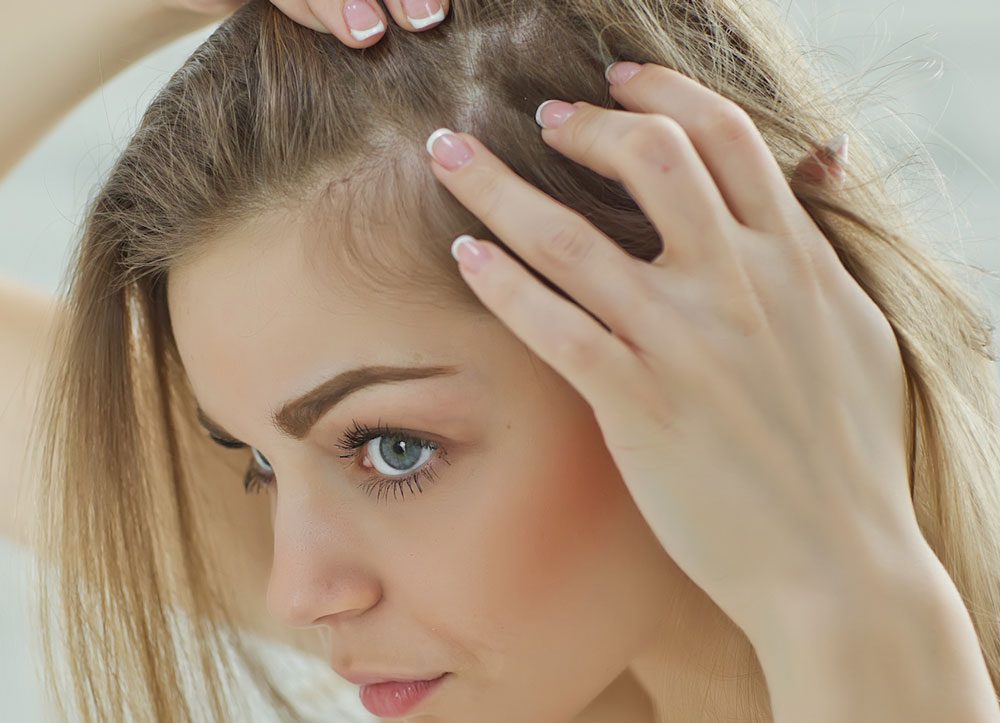Women Hair Transplant
Hair loss in women
Hair loss in women is far more common than many realise. Studies suggest that up to 40% of women experience noticeable hair thinning by the age of 50, with some developing more advanced forms of female pattern hair loss later in life. Unlike men, where baldness is often localised, women tend to experience diffuse thinning across the scalp, making it emotionally and physically challenging. As a leading hair loss clinic at UK Hair Transplants (UKHT), we understand how distressing female hair loss can be and we are here to provide effective, safe, and tailored solutions to restore confidence.
Female hair loss can have a dismaying or even devastating influence on a woman’s quality of life, not least because hair loss is, often wrongly considered, a less significant psychological and emotional problem for women than it is for men. Too often, a woman’s hair loss is not taken seriously by family or friends or even by a woman’s personal physician.
How hair loss affects women
While hair loss itself can present psychological and emotional problems for a woman, failure of others to recognise the seriousness of these problems, may contribute to psychological and emotional effects that can range from decreased self-esteem to anxiety and depression.
Female hair loss may also be overlooked as a “normal” phenomenon. Gradual hair loss is often associated with ageing. Temporary hair loss is often associated with pregnancy. Very often, women have pattern hair loss that “runs in the family”.
Hair loss in a woman should never be considered “normal”; however, the cause should be pursued until a diagnosis is established. Of the many causes of hair loss in women, only a few such as ageing, hormonal changes associated with pregnancy and hereditary pattern hair loss may be considered “normal”. Treatment is available for hair loss due to these conditions, and treatment should be considered when hair loss influences the woman’s quality of life.
Hair Transplant for Women
While less common than in men, some women may benefit from a hair transplant procedure. For example, women with receding hairlines, scarring alopecia, or concentrated thinning areas can achieve lasting improvement through Follicular Unit Extraction (FUE).
At UKHT, we perform hair transplants for women with precision and artistry, ensuring results look completely natural. We also offer large graft sessions—up to 4,000 grafts—when appropriate, making sure that even advanced cases can be effectively treated.
How UKHT Supports Female Patients
At UK Hair Transplants (UKHT), we pride ourselves on providing personalised, compassionate care for every patient. Here’s how we can help women experiencing hair loss:
- ✅ Comprehensive Consultations – Our specialists carefully analyse your scalp, medical history, and lifestyle to identify the root cause.
- ✅ Tailored Non-Surgical Treatments – We provide BLT, PRP, and advanced hair care protocols that are specifically designed for female hair loss.
- ✅ Surgical Expertise When Needed – If a hair transplant is the best option, our surgeons use the latest techniques for natural results.
- ✅ Aftercare and Ongoing Support – We believe treatment doesn’t end after the procedure. Our team offers 12 months of UK aftercare to monitor progress and adjust therapies as needed.
- ✅ Specialist Experience in Female Hair Loss – Unlike many clinics that primarily focus on men, UKHT has extensive experience in managing female hair restoration with discretion, empathy, and care.
What age do women begin to lose hair?
For some women, hair loss can start as early as their 20s. After the age of 30, as many as 1 in 3 women may notice their hair thinning.
The average person sheds between 50-100 hairs a day – this is completely normal.
However, women who consistently experience loss or shedding of 150 or more hairs a day may want to seek guidance from a professional as this could be a sign of female pattern hair loss.
Female pattern hair loss is a genetic hereditary condition which can be inherited from either the mother or father’s side. If members of your family have previously suffered this, this may be another sign to consider some form of treatment. Speaking to your relatives can give you some guidance on what age the problem could become apparent.
Are male and female hair loss the same?
No. Female hair loss doesn’t follow the same path as male hair loss.
Women’s hair loss happens due to the miniaturisation of the hair (a smaller diameter of the hair strand). It usually begins around the crown and sufferers may notice a widening of the part. Unlike with men’s hair loss, women will not suffer complete baldness or see a retreat across their hairline.


